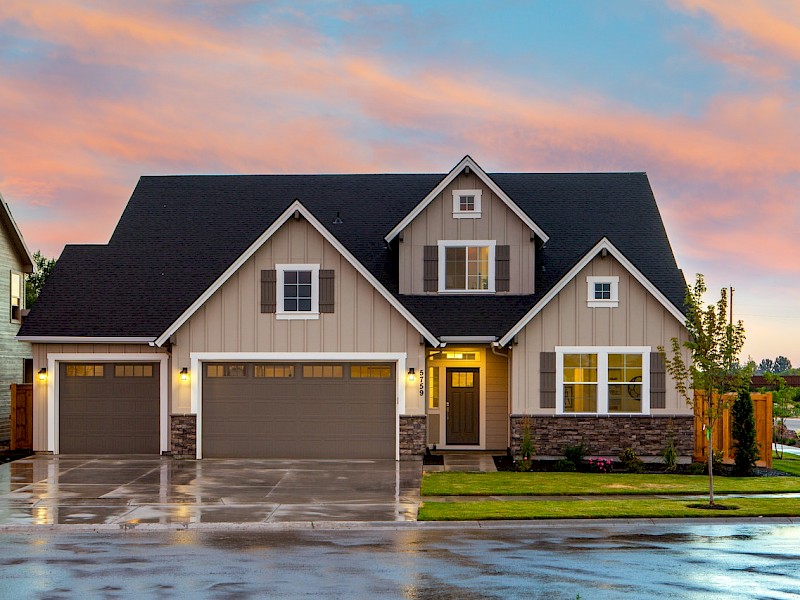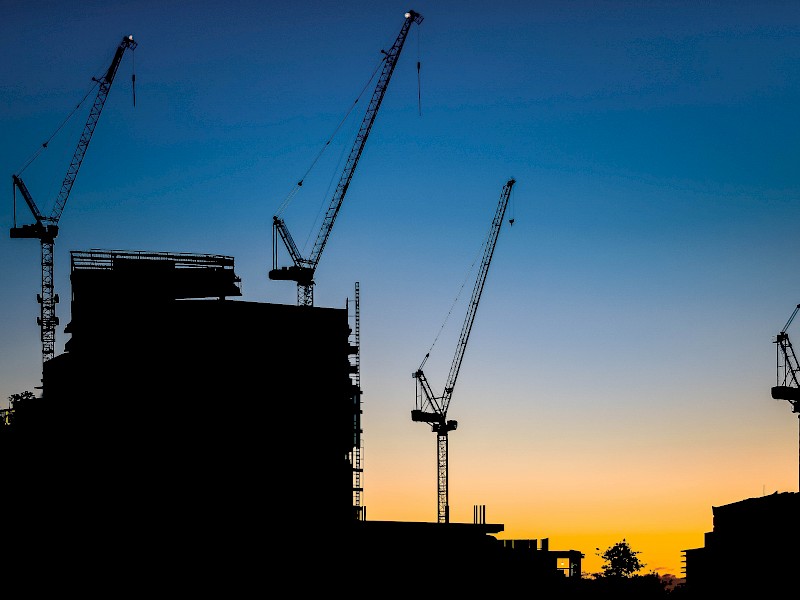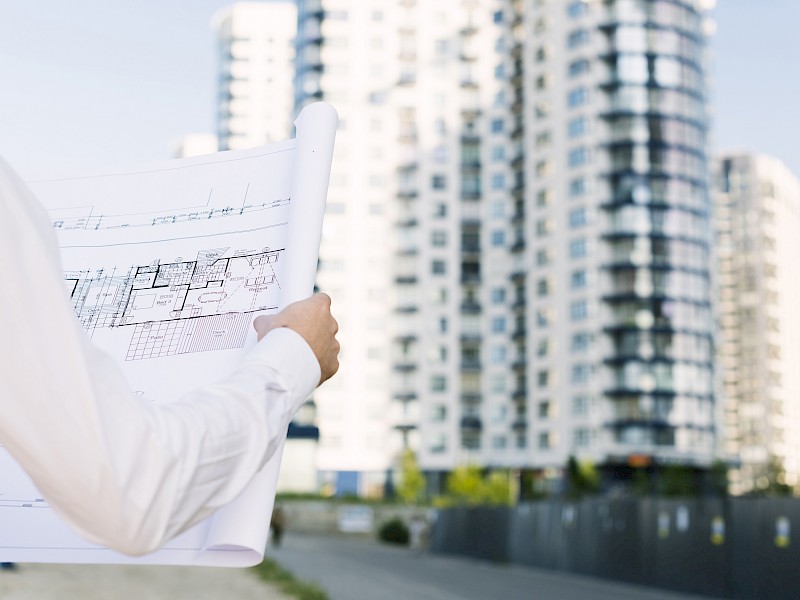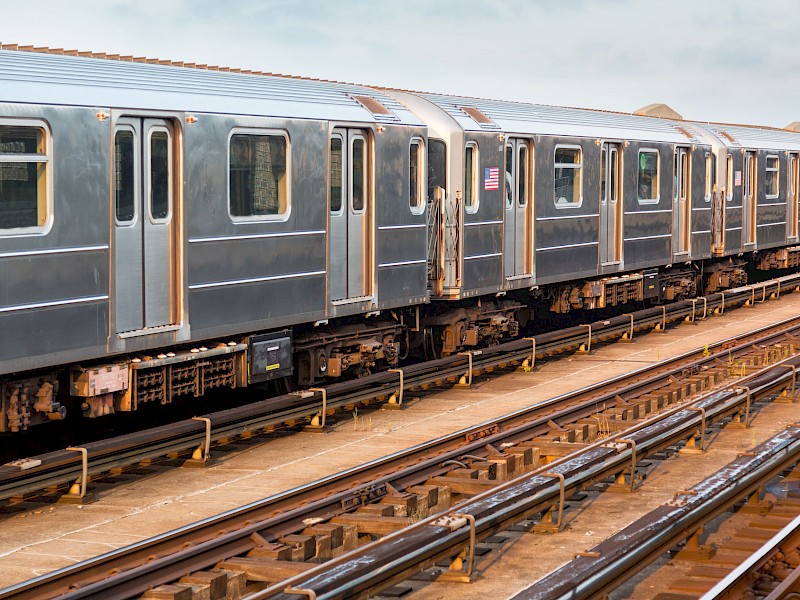Open Space
Open space within residential zoning lots in the United States plays a crucial role in urban planning and development. Defin...
Industrial Zone
An Industrial Zone is a designated area within a municipality that is specifically zoned for industrial activities, existing...
Navigating Greenhouse Regulations in NYC
A Guide to Rooftop and Backyard Cultivation In the context of NYC zoning regulations, greenhouses f...
Open Space Ratio (OSR)
The Open Space Ratio (OSR) is a quantitative measure used to assess the proportion of open spaces within a given urban area....
Maximum Lot Coverage
Maximum lot coverage refers to the calculation of the total area covered by buildings and other structures on a given lot, e...
Single-family Zoning
Single-family is a legal zoning regulation which allows only for single-family detached homes on properties within the zone....
Waterfront Access Plan (WAP)
The Waterfront Access Plan (WAP) is a part of the waterfront bulk regulations and public access requirements of NYC’s Zoning...
Large-Scale Developments
Large-Scale Developments (LSDs) exist on either very large zoning lots or across multiple lots. They avoid the rezoning issu...
Permitted Obstructions
Permitted obstructions refer to any structures or objects that may be located in a yard or open space. They may also be allo...
NEWS: Biden team proposes Inclusionary Zoning and Housing Reform
As part of their election campaign, president-elect Joe Biden and his team have proposed reforms to housing and zoning that ...
NYC’s Landmark Preservation Law
The New York City Landmarks Preservation Law was created to protect historic landmarks and historical neighborhoods from rea...
Transferable Development Rights
The Transferable Development Rights (TDR) program allows property owners to sell unused development capacity to other landow...
NYC’s Zone Green Text Amendment
New York City’s Zone Green text amendment was approved in 2012 in order to remove zoning impediments that made new construct...
NYC’s Quality Housing Program
New York City’s Quality Housing Program began in 1987 as a way of maintaining the historical and architectural character of ...
R6 Residential District
R6 residential districts are widely mapped throughout New York City. They are medium-density
Spot Zoning
Spot Zoning refers to the rezoning of an individual plot of land, where the rezoning benefits the owner of the plot but nega...
As-of-Right Development
As-of-right development refers to any proposed construction or enlargements that comply with all the zoning regulations in a...
Uniform Land Use Review Procedure (ULURP)
The Uniform Land Use Review Procedure is a process of community board and city council review for new developments that will...
Non-Complying Buildings
A non-complying building is any building that doesn’t comply with the bulk regulations of a particular zoning district. Thes...
Non-Conforming Use
Non-conforming use refers to a structure, which function does not match its zoning district. For example, a factory that exi...
City Environmental Quality Review
The City Environmental Quality Review (CEQR) is a process that assesses the environmental impact of certain developments or ...
Zoning Lots
A lot or a zoning lot is a tract of land comprised of a single tax lot or two or more adjacent tax lots within a given block...
NEWS: Bill Passed on Bird-Friendly Window Use in NYC
On December 10, 2019, the city council of NYC passed a bill that will aim to prevent the death of hundreds of thousands of b...
Coastal Zone Boundary
The Coastal Zone Boundary is an area in which New York City's
NEWS: Green Roofs NYC - Local Law 92 and 94
From November 15 onwards, the New York City Department of Buildings (DOB) introduced Local Law 92 of 2019 and Local Law 94 o...
Transit Zone
Transit zones in NYC are dense urban areas with a low car ownership rate and different programs of affordable housing. These...
Overlay District
An overlay district is an area that is additionally placed within an existing zoned districts (for example a
Environmental Protection Overlay District
An Environmental Protection Overlay District (EPOD) is an overlay zone located in sensitive environmental places in which sp...
Historic Overlay
An overlay district is an area that is additionally placed within an existing zoned districts, or superseding multiple borde...
Inclusionary Zoning
Developed in the 1970s, inclusionary zoning (IZ) is a policy to push the construction of more affordable housing in the priv...
Opportunity Zone
The opportunity zone is an economically-distressed area, attractive for private investors, and thus a development tool inten...
Air Rights in New York City
Air Rights (or Development Rights) in New York City are the rights to build vertically into the sky, when (according to zoni...
Mixed Use District
The mixed use district (MX district) is an area where mixed land uses are permitted. For instance, both residential and comm...
Manufacturing District
Zoning districts around the USA are mainly divided in three main areas: the
Floor Area Ratio
The Floor Area Ratio (FAR) is the ratio of the total area of the building, compared to the size of the given land i.e. it co...
Special Purpose Districts
Special purpose districts are area’s with particular qualities and functions, and are created to meet the needs of a neighbo...
















































